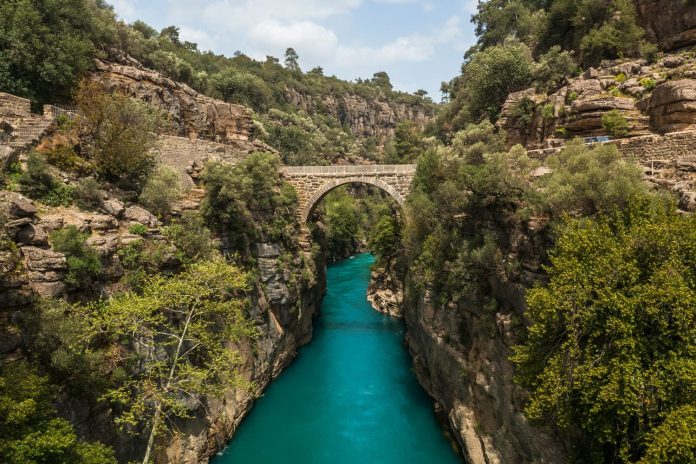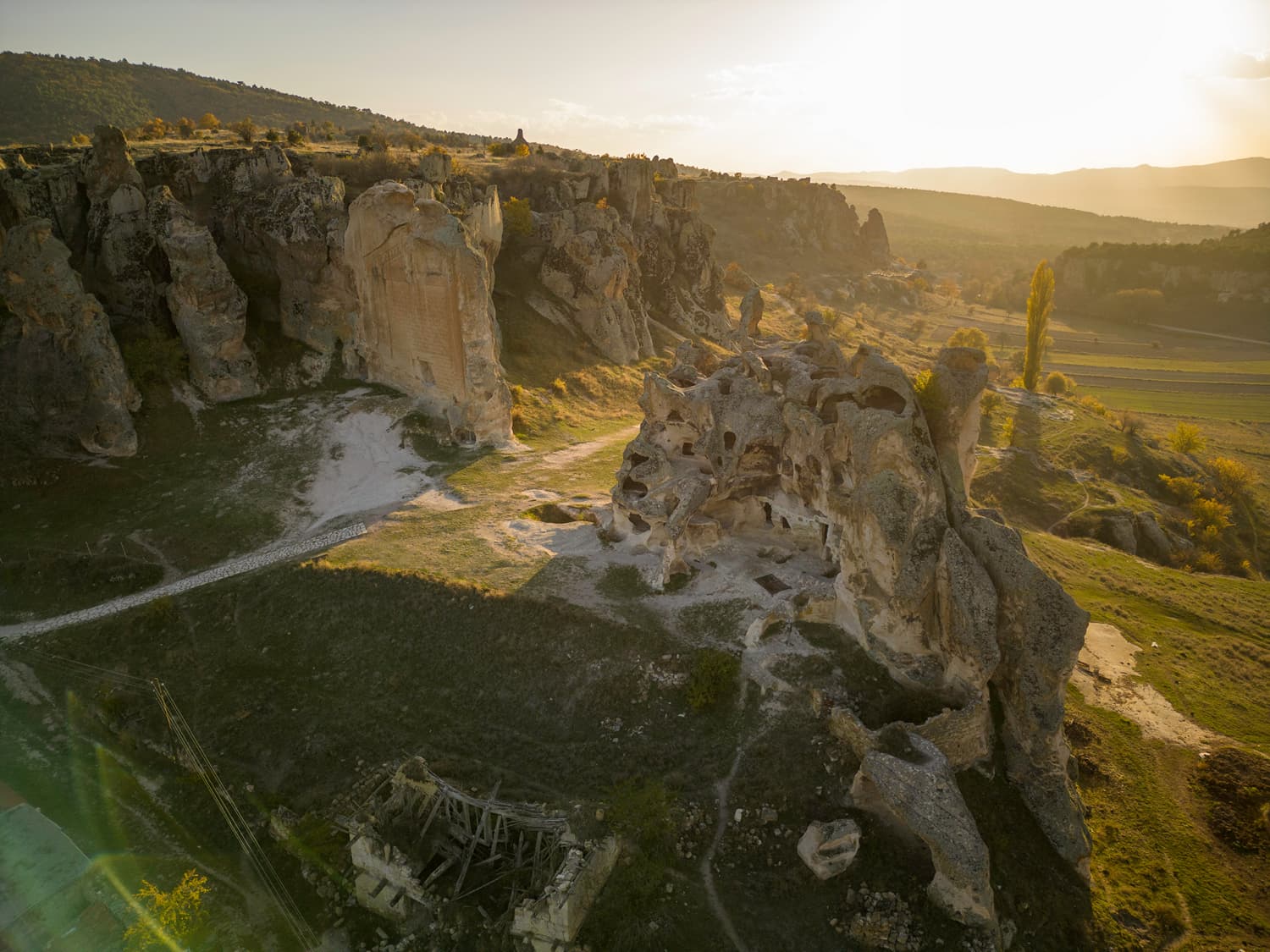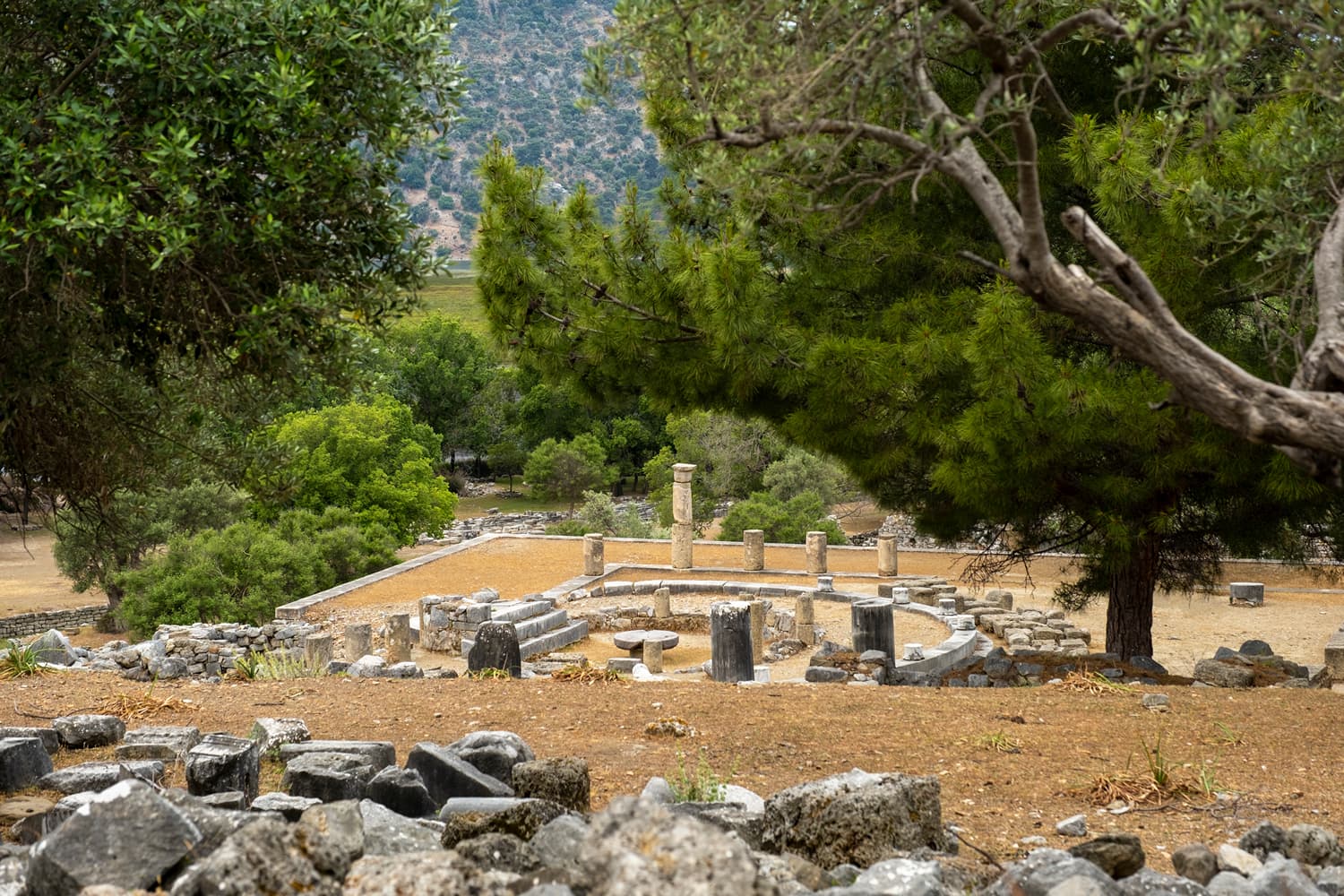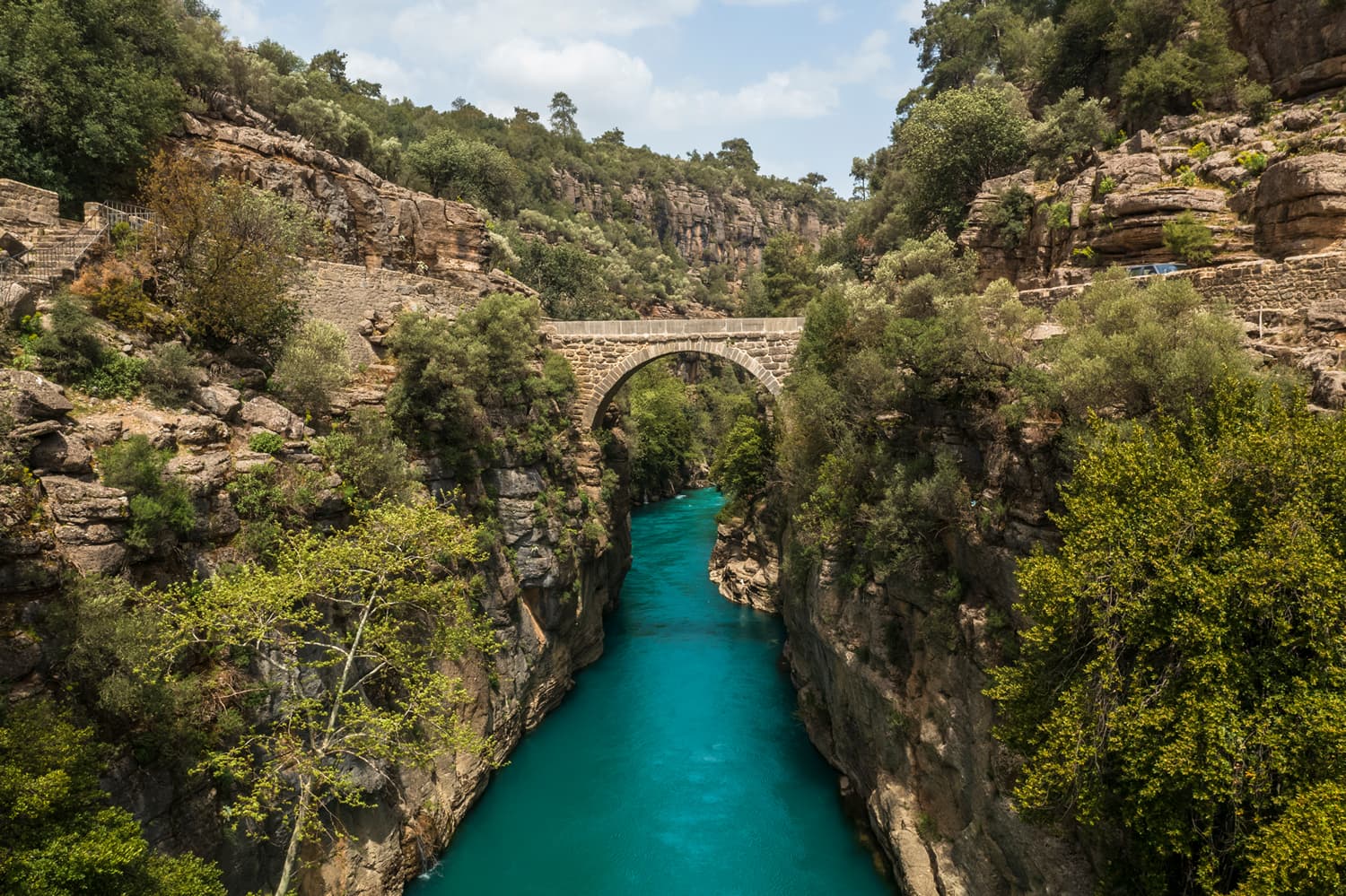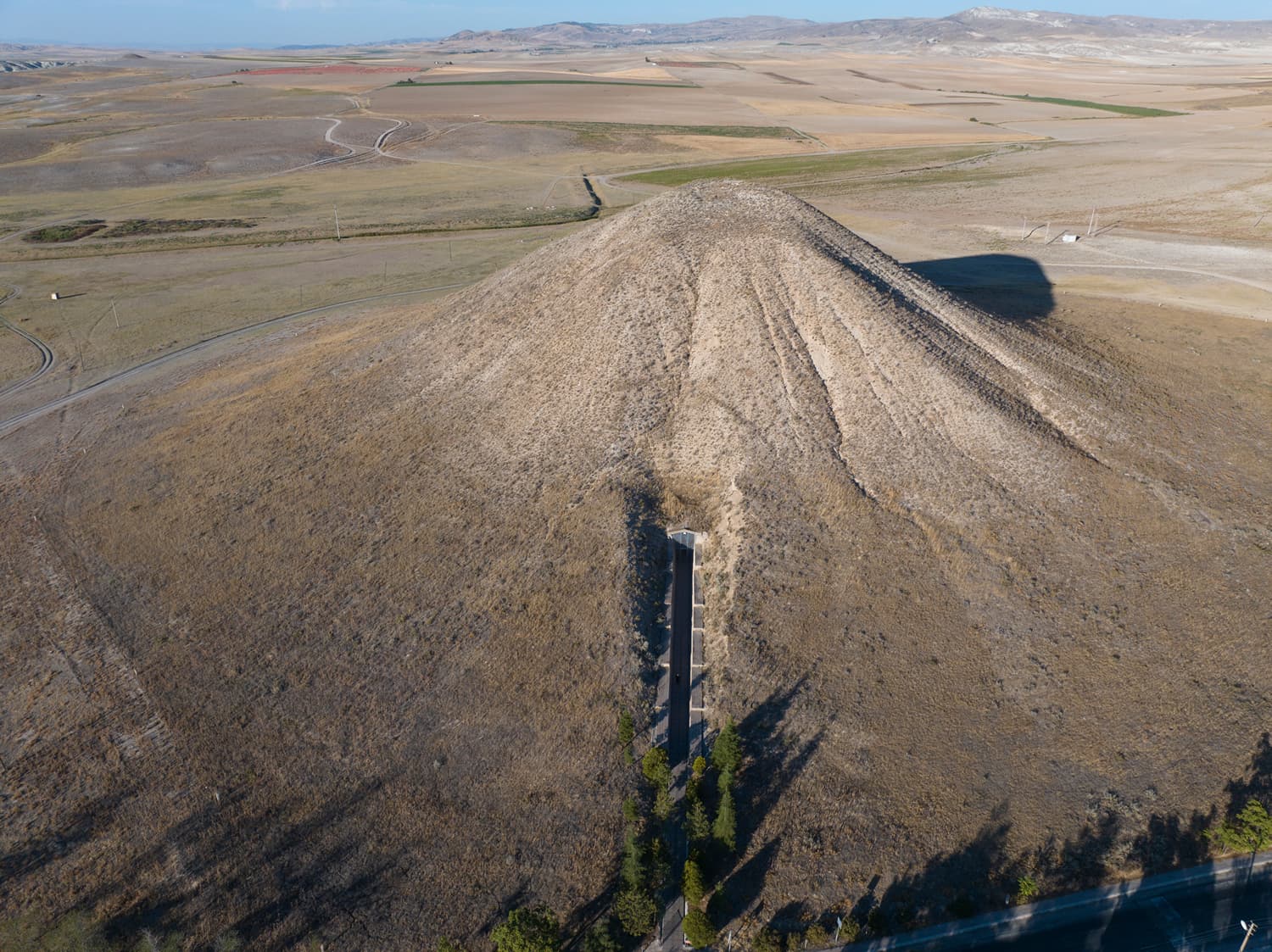KUALA LUMPUR, 18 July 2024 – Beautiful hiking trails abound in Türkiye but, in addition to passing through pristine wilderness, many of these paths cover the ancient routes of Anatolian civilisations. Now marked for visitors and featuring amenities that make the walk more comfortable, these trails offer glimpses of the past – the glorious Lycian, Carian, Hittite and Phrygian empires. Join us on these outstanding hiking routes, from the Aegean to the Mediterranean and Central Anatolia, and travel through thousands of years of Anatolian history…
Eskişehir Phrygian Valley
Türkiye’s First Long-Distance Hiking Route: The Lycian Way
Lycia, located on what is today known as the Teke Peninsula of Türkiye’s west Mediterranean, was one of Anatolia’s most advanced civilisations, with its unique language, great cities, and stunning architecture. The Lycian Union, which included 23 cities, has influenced even modern democratic systems. The Lycian Way, from Fethiye to Antalya, is a specially prepared route that enables you to discover the remnants of this civilisation. Large and small Lycian cities, including Xanthos, Myra, Olympos, Aperlai and Simena, are dotted along the approximately 540-kilometre trek, marked from start to finish. We recommend visiting Patara, the ancient capital of Lycia, after sunset. Exploring this ancient site under the stars is a one-of-a-kind experience made possible by Türkiye’s Night Museology project, which illuminates the city after dusk. The Lycian Way also features natural wonders like Ölüdeniz, Butterfly Valley, Kabak Bay, Kalkan, Kaş, Mount Olympus, the Gelidonya Lighthouse, Çıralı and Göynük Canyon.
Ölüdeniz Bay
Türkiye’s Longest Hiking Route: The Caria
The Carian Way, named for the ancient Carian civilisation that bordered Lycia, is Türkiye’s longest hiking route, spanning 800 kilometres. This route follows the traces of the Carians through the Aydın and Muğla provinces, with the Bozburun Peninsula, south of Marmaris, serving as the starting point for the five-stage route. This gorgeous peninsula is one of the most well-known stops on the Turkish Riviera for blue voyages, and it is also a manufacturing centre for gulets, the Turkish-style wooden masted boats used for blue cruises. Datça, known for its almond and olive groves, offers views of the ancient city of Knidos and the Deveboynu Lighthouse at the peninsula’s tip. You will also find secluded beaches and bays away from the settlement. The route proceeds to the Gulf of Gökova via Sedir Island. From Akyaka to Inner Caria, the path enchants with the magnificent birds of Lake Bafa, while canoeing in the Dalyan Canal near Muğla’s centre affords access to the 2,400-year-old rock tombs of the ancient city of Kaunos.
Datça Knidos Ancient City
A Route Where Nature and Archaeology Merge: Pisidia
This route, which includes the Pisidia region in the picturesque mountains south of modern-day Antalya, presents a captivating combination of ancient archaeological wonders and breathtaking natural scenery. This route encompasses Sagalassos, known for the Antonine Fountain, and Termessos, Pisidia Antioch, Kremna, Adada and Selge, allowing you to explore ancient cities and learn more about the region’s rich history. Natural wonders along the way include Köprülü Canyon, Çandır Yazılı Canyon, Kovada Lake National Park, Eğirdir Lake and the Davraz Kasnak Oak Forests. Exploring these natural areas allows you to observe wildlife, take stunning nature photographs, and even participate in activities like rafting and rock climbing. While you traverse this scenic route, you will be treated to the unspoiled beauty of the surrounding area: Immerse yourself in nature and follow the paths that wind through untouched wilderness.
Köprülü Canyon, Antalya
A Unique Discovery in the Heart of Anatolia: The Hittite Way
During their 450-year reign, the Hittites, an Anatolian empire, introduced numerous innovations into human history. Focusing on the cultural legacy of this former Anatolian superpower, the Hittite Way spans 380 kilometres and features 17 different routes and alternatives. The route connects the ancient Hittite capital Hattusa with historical points within the triangle of Alacahöyük and Şapinuva, both of which were important cities in the Hittite homeland. In Alacahöyük, the first stage of the route, which also passes through old caravan and migration routes, highlights include the Sanctuary Palace (Mabet Sarayı) and the Alacahöyük Museum, which displays artefacts from the ruins’ royal tombs.
The next stop on the route is Hattusa, which contained more than 30,000 clay tablets and is listed as a UNESCO World Cultural Heritage and Memory of the World site. The Kadesh Peace Treaty, the first written peace treaty, is the most well-known of these tablets. Explore the Great Temple (Büyük Tapınak) and Lion Gate (Aslanlı Kapı) before heading to Shapinuva, the Hittite religious centre. The route offers views of the Alaca Stream Valley and İncesu Canyon, both located near Shapinuva.
A Route with UNESCO Heritage Sites: The Phrygian Way
The Phrygians, who arose following the Hittite collapse in the 12th century BCE, settled in a large area that now encompasses the Ankara, Afyonkarahisar, Eskişehir, and Kütahya provinces. This region, which contains stellar examples of Phrygian rock monuments, is of universal importance because it preserves traces of the Phrygians’ religious rituals and social life. Accordingly, the Mountainous Phrygia Region, which includes Kütahya, Afyon and Eskişehir, has been on the UNESCO World Heritage Tentative List since 2015. The Phrygian Way is Türkiye’s third longest hiking trail, stretching more than 500 kilometres, and the ancient city of Gordion, designated as Türkiye’s 20th UNESCO World Heritage Site in 2023, is another standout in the region.
Gordion Ancient City
In addition to Gordion, the route is accessible via Afyon Seydiler and Kütahya Yenice Çiftliği. On the trails that begin at these points and continue through the Phrygian Valleys, you should visit Ayazini Village in Afyon, which is famous for its rock houses, tombs, and church. Other highlights are the rock-carved Avdalas Castle and Emre Lake, and Kütahya’s Aizonai Ancient City. The Phrygian route converges at Yazılıkaya, a significant Phrygian settlement in Eskişehir. In addition to Yazılıkaya, the area’s outstanding sites include magnificent examples of Phrygian rock facades in Eskişehir, the Lion Temple (Aslanlı Mabet), featuring extraordinary lion reliefs, and Gerdekkaya, the monumental rock-carved tomb.



